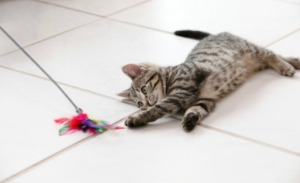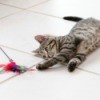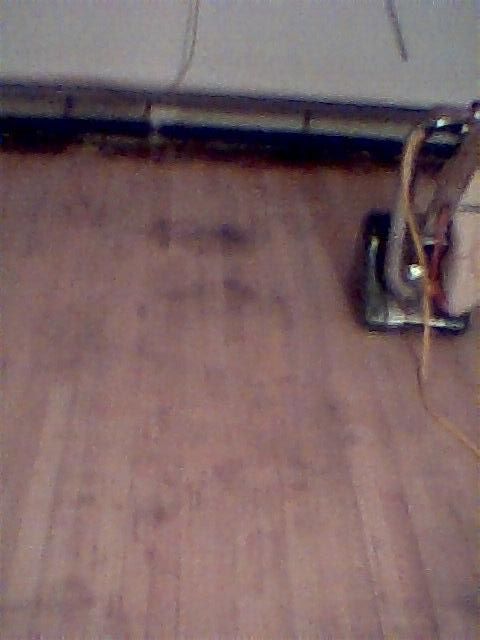Cat urine on tile floors requires immediate attention to prevent lingering odors and stains. Start by blotting up as much liquid as possible with paper towels or a clean cloth. Avoid rubbing, as this can spread the urine deeper into grout lines. Mix equal parts white vinegar and water in a spray bottle—the acidity helps neutralize ammonia while disinfecting the surface. For fresh accidents, baking soda sprinkled over the area can absorb odors before vacuuming. Always test cleaning solutions on an inconspicuous tile area first to prevent damage to sealants or finishes.
For stubborn odors trapped in porous grout, enzymatic cleaners work best. These specialized formulas contain bacteria that break down urine crystals at the molecular level. Apply generously, allowing the solution to penetrate for 10-15 minutes before scrubbing with a stiff brush. Covering the treated area with plastic wrap overnight enhances effectiveness by preventing evaporation. Reapplication may be necessary for severe cases. Avoid ammonia-based cleaners, as their scent mimics urine and may encourage repeat marking. Steam cleaners can also help sanitize tile and grout when used with appropriate cleaning agents.
Preventing repeat incidents involves thorough cleaning and behavioral strategies. Use a blacklight to identify all affected areas, as cat urine fluoresces under UV light. Consider applying a grout sealer after deep cleaning to create a protective barrier. Place litter boxes in quiet, accessible locations and clean them daily to encourage proper use. For persistent marking issues, consult a veterinarian to rule out medical causes. Temporary plastic mats or aluminum foil over favorite spots can deter cats while retraining them. Multiple cleaning approaches may be needed to completely eliminate odors that cats can still detect.
For severe cases where urine has penetrated beneath tiles, more extensive measures are required. Remove affected grout with a grout saw and replace it after treating the subfloor. In extreme situations, lifting tiles may be necessary to properly clean and seal the subsurface. Professional odor removal services use industrial-strength treatments and ozone machines for complete odor elimination. These methods are particularly valuable when preparing a home for sale or dealing with long-term marking problems. Addressing the root cause of inappropriate elimination remains crucial even after thorough cleaning.
Maintaining a urine-free tile floor involves consistent care and observation. Quick cleanup of accidents prevents deep penetration into grout and subsurface materials. Regular mopping with enzyme-based cleaners helps break down residual odors between deep cleanings. Consider using washable rugs in problem areas to protect tile surfaces. Pheromone diffusers or sprays can reduce stress-related marking in multi-cat households. With proper cleaning techniques and preventive measures, tile floors can remain fresh and stain-free despite occasional accidents. The key lies in combining immediate action with long-term odor elimination strategies.
Cleaning Pet Urine Odors on Floors ThriftyFun
Remove Cat Urine Smell Vinyl Flooring – CATQP
Removing Stains from Wood Floors
Best Of How To Get Rid Of Cat Urine Smell On Wood Floors And View Clean hardwood floors
Remove quickly cat urine out of your hardwood floor with natural products. #
Removing Urine Stains From Hardwood Floors Planet Urine
How To Remove Cat Pee Smell From Floor
We Get Cat Odor Out Of Houses Cat Urine Odor Removal Service
Effective Ways to Get Dried Dog Poop Off Your Carpet – Planet Urine
How to Remove Dog Urine Odor from Tile Floors – Great Cleaning Gear Dog urine, Organic cider
Cat Urine On Floor – Flooring – Page 3 – DIY Chatroom Home Improvement Forum
Related Posts:











